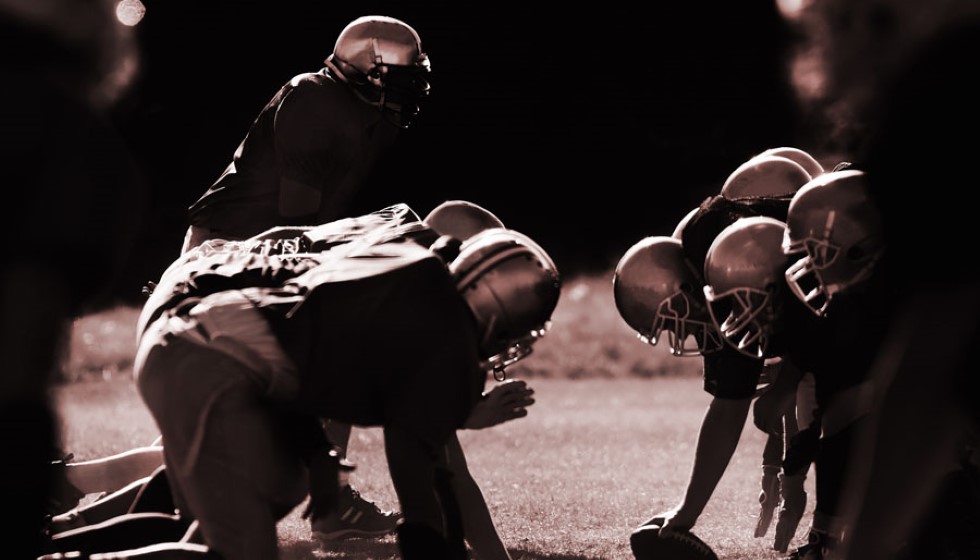
As the Dallas Cowboys continue their preparations for the upcoming NFL season, head coach Mike McCarthy has emphasized the importance of maintaining "high quality" joint practices. The team’s recent sessions with the Los Angeles Rams, beginning on August 8, highlighted the challenges and intensity inherent in such collaborative training efforts.
Initially, both teams managed to keep their temperaments in check. The first joint practice session saw only a couple of brief skirmishes, without any full-blown altercations. However, on the subsequent day, a particular incident involving a newly signed player escalated tensions.
Albert Huggins’ Incident
The Cowboys had just signed defensive tackle Albert Huggins on August 7, aiming to strengthen their depth behind starters Osa Odighizuwa and Mazi Smith. Huggins, an undrafted player out of Clemson in 2019, is entering his sixth NFL season in 2024. His career includes stints with the Philadelphia Eagles, Detroit Lions, New Orleans Saints, and a brief period with the Atlanta Falcons.
During a pass-rush drill, Huggins found himself at the center of controversy. While competing in the drill, he knocked down a Rams coaching intern who was simulating the role of a quarterback. This action provoked an immediate reaction from the Rams’ players, some of whom charged toward Huggins. In response, Huggins exacerbated the situation by making an obscene gesture, flashing his middle finger at the Los Angeles players.
Coaching Reactions
Rams head coach Sean McVay promptly halted the drill to address the situation. He took the opportunity to ensure the intern was unharmed and to reinforce the necessity of maintaining professionalism during these high-intensity practices.
Meanwhile, the Dallas coaching staff made a swift decision, asking Huggins to leave practice for the day. This decisive move serves as a stern reminder of the behavioral expectations within the Cowboys organization.
The incident underscores the fine line players must toe between competitive intensity and maintaining professionalism in practice settings, a delicate balance that is essential for fostering a productive and respectful training environment. The Cowboys' commitment to "high quality" practices, as highlighted by McCarthy, is seen as a crucial aspect of their preparation regimen.
The Path Forward
For Huggins, this incident marks a significant juncture in his tenure with Dallas. His ability to rebound from this setback and demonstrate his value to the team will be closely scrutinized in the weeks to come. The Cowboys are looking for players who not only perform on the field but also adhere to the high standards of conduct expected by the coaching staff. Huggins' response will be pivotal in determining his future with the franchise.
In the broader context, joint practices offer invaluable opportunities for teams to gauge their progress against top-tier competition outside their own rosters. McCarthy’s emphasis on their importance underscores the high stakes and the potential benefits of these sessions when executed with discipline and respect.
As the Cowboys move forward, maintaining the balance between competitive fire and professional behavior will be key. The organization’s approach to handling incidents like this will shape the team's culture and set the tone for the season ahead.
In the end, joint practices are not just about preparing for the next game; they are about building a team ethos that can withstand the pressures of the NFL season. The Cowboys’ recent experience with the Rams serves as a microcosm of this effort, highlighting both the challenges and the opportunities that come with high-level competition and the pursuit of excellence.